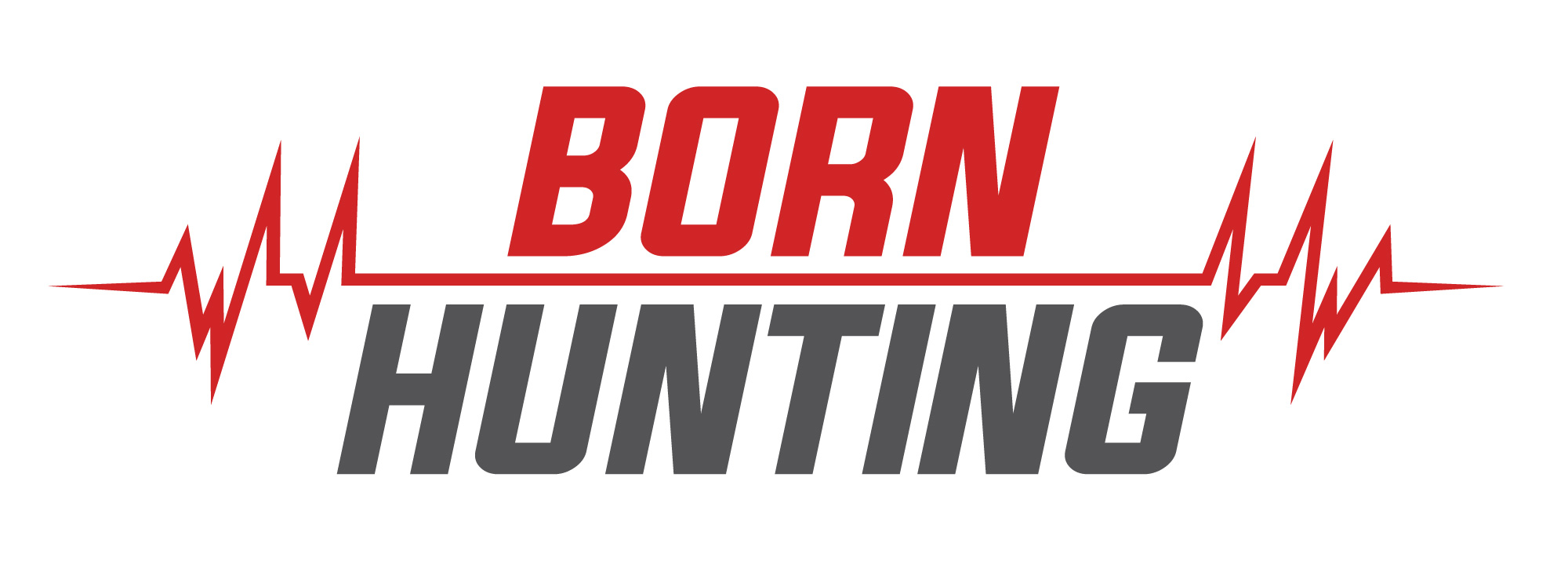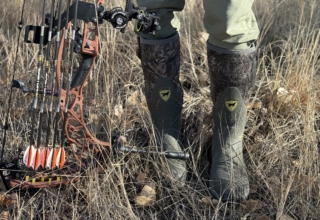A glue-in arrow system offers ultimate durability as well as ultimate accuracy. Glue-in systems are worth every penny if you’re willing to pay the price in both time and cost. After one year of using a glue-in arrow system, the author reveals the pros and cons of glue-in arrow systems.
by Josh Kirchner
If you want to start a conversation in a pro shop or at the archery range, start talking about arrow builds. The passion runs deep these days. There are many possibilities concerning arrow builds via arrow makes and available components. All of it is in the name of confidence and perfect arrow flight.
One of the conversations you may have heard recently or have even participated in is about running a glue-in point system rather than the standard screw-in system we’re all familiar with. It’s an interesting conversation, and one that I’d like to explore here.
I have always run a standard screw-in point system on my arrows. Honestly, I always told myself I’d never run a glue-in. Running a glue-in arrow system sounded like more trouble than it would be worth. But because I’m always trying to get better, I decided to try a glue-in system. After one year of playing around with it, I’ve developed some pros and cons to “the glue-in life.”
Let’s explore the pros first.
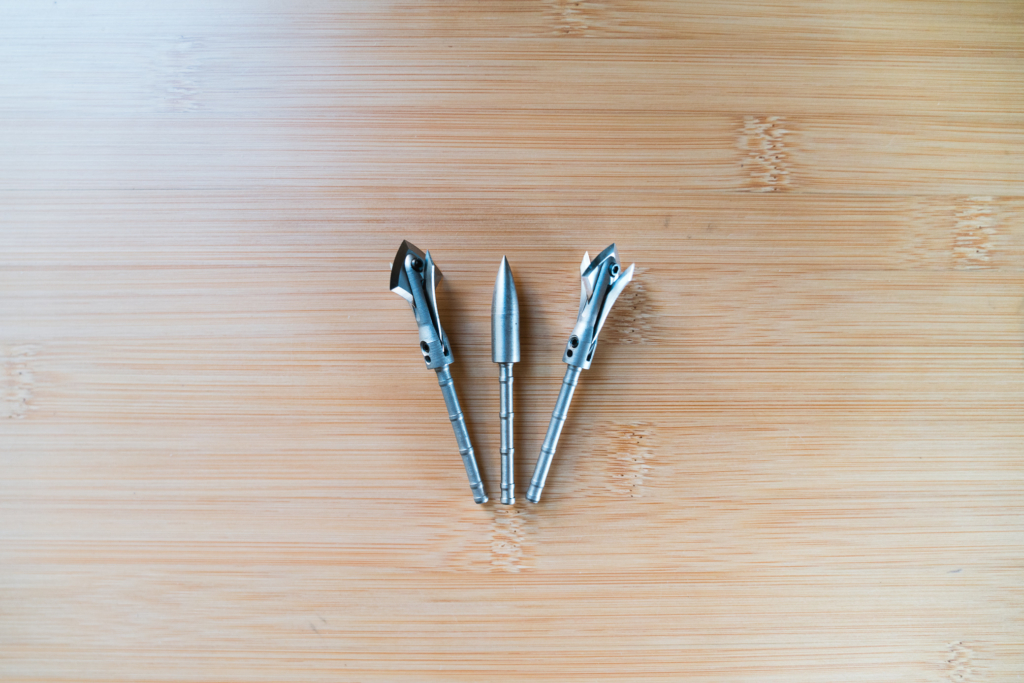
No Retightening Heads Necessary
The first benefit I noticed when switching to a glue-in arrow system was that there was no retightening of heads. Typically, after shooting my bow and pulling arrows, I’d hear a rattle coming from the head of my arrow because my field tip or broadhead had loosened a bit. Of course, I’d tighten and keep shooting. When your heads are glued in, this is a non-issue and they stay put, just like they should. It’s one less thing to think about.
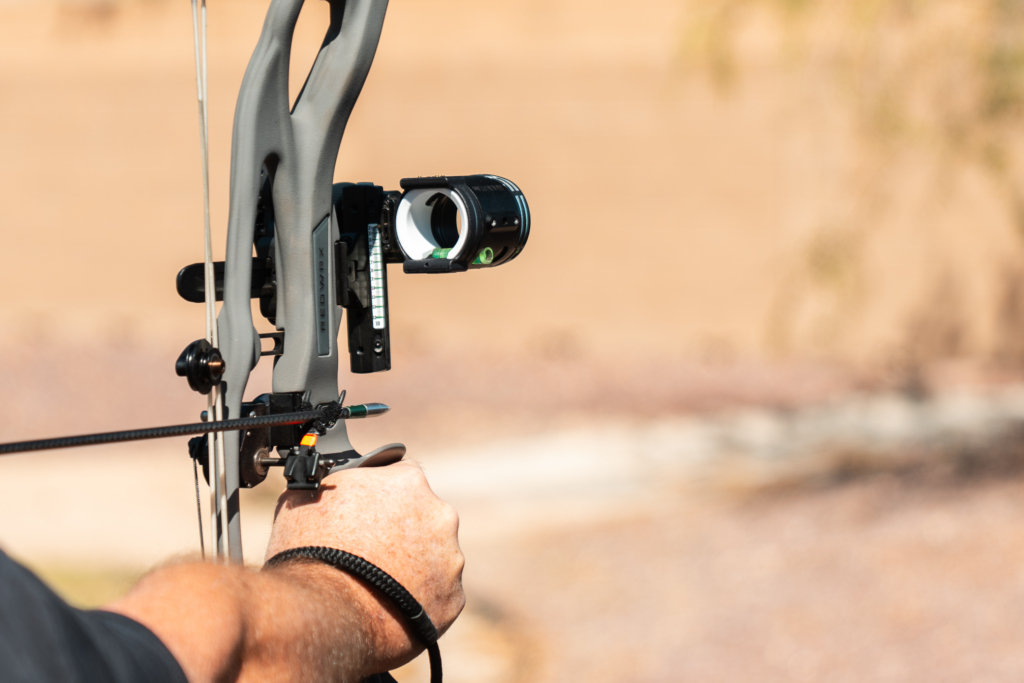
More Consistent Seat Equals More Consistent Flight
Before I go into this next pro, I want you all to know that this only works if you’re squaring your arrows before installing the glue-in head and spinning your arrows to make sure they’re true ahead of any components. With that noted, I’ve noticed that my glue-in heads seat much better and more consistently. After installation, every arrow spins so straight you can’t tell it’s spinning unless you look at the vanes.
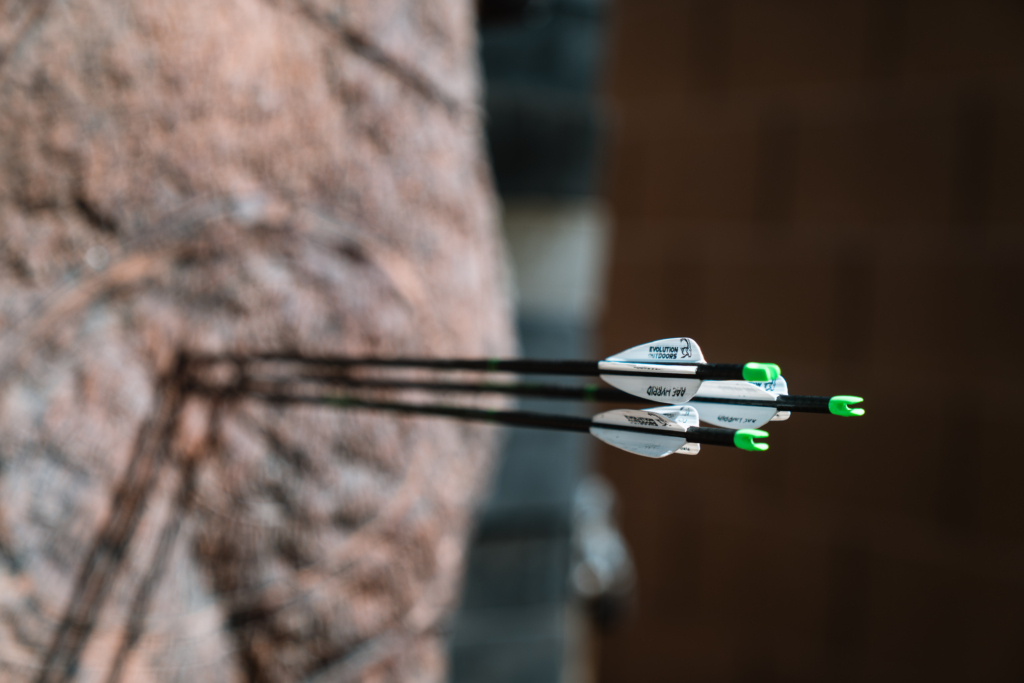
Because of this, arrow flight from arrow to arrow is extremely consistent. Again, the pre-work needs to be done for this to be true, but when it comes to precision, these glue-ins seem to close the gap and make it more easily attainable for folks.
Structural Integrity
From what I’ve seen, the structural integrity of a glue-in vs. a screw-in is unmatched. A glue-in head is one machined piece with no moving parts. Below the head part(field tip or broadhead), I’ll deem “the insert” portion to be on the inside of the arrow shaft. This increases the structural integrity of the front end of the arrow. Throw a collar on, and you’re looking as close to a bulletproof system on the front of your arrow as you can get. I have yet to break the front end of an arrow since switching to a glue-in head, even after hitting animals, rocks, walls, etc. I don’t think doing so is impossible, but it makes a difference.

Less Stacking Tolerances and Better Concentricity
Something else worth mentioning is that you aren’t stacking as many tolerances against one another with a glue-in system because there aren’t as many pieces. The result is a more consistent weight from arrow to arrow. More components mean more chances for inconsistent tolerances as each component sports its own weight. This also means that there are fewer connection points/moving parts within the system, giving the components a better concentricity.
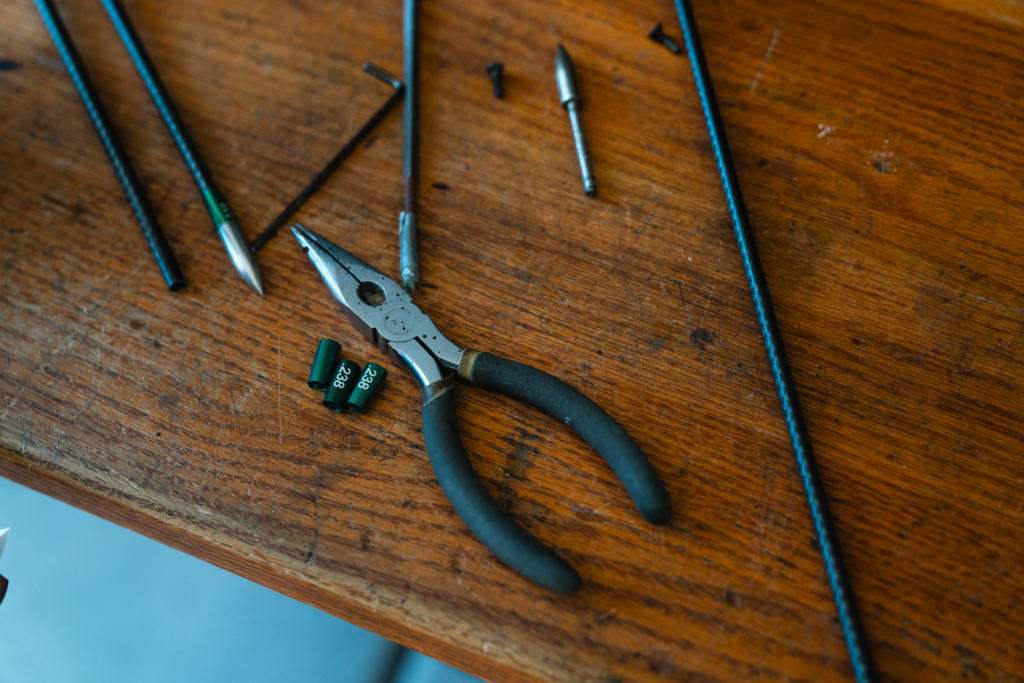
What about the cons?
Field Tips Are Field Tips, And Broadheads are Broadheads
There are cons of a glue-in-arrow system. One is that arrows tipped with a field tip remain tipped with a field tip. The same goes for broadheads. You can’t just willy-nilly unscrew a field tip and put a broadhead on your arrow like you would with a screw-in system. Your arrows are what they are and that’s that.
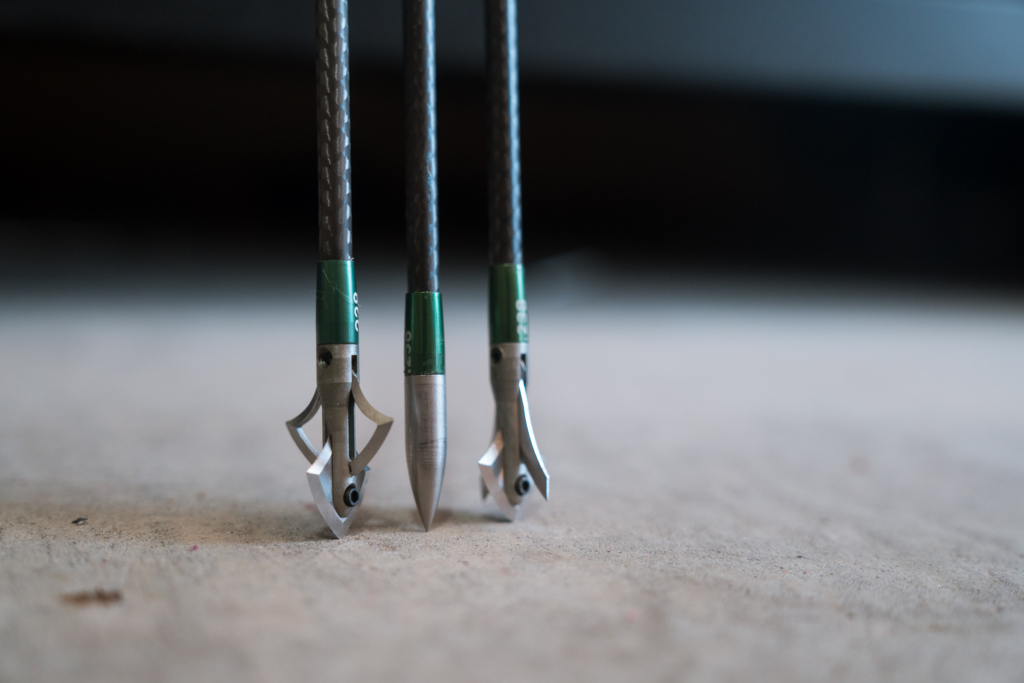
This also means you can’t experiment as easily with different weighted heads. For example, you might flip between a 100-grain and 150-grain tip to see what you like best. With a screw-in system, that’s no problem. A glue-in makes the process a bit more involved and time-consuming, which leads me to my next con: the process of changing heads.
Changing Tips Is A Process
Great durability comes at a cost. That cost is more time and arrow-building effort. In all reality, on the time front, it’s really not that bad, but it’s definitely more than the screw-in route. You’ll need a blowtorch, your preferred glue, and a pair of needle nose pliers to change out a head. First, you’ll heat the head to melt the glue. With the pliers, gently twist the head to see if the glue has melted. If so, twist and pull the head out. If not, heat it some more.
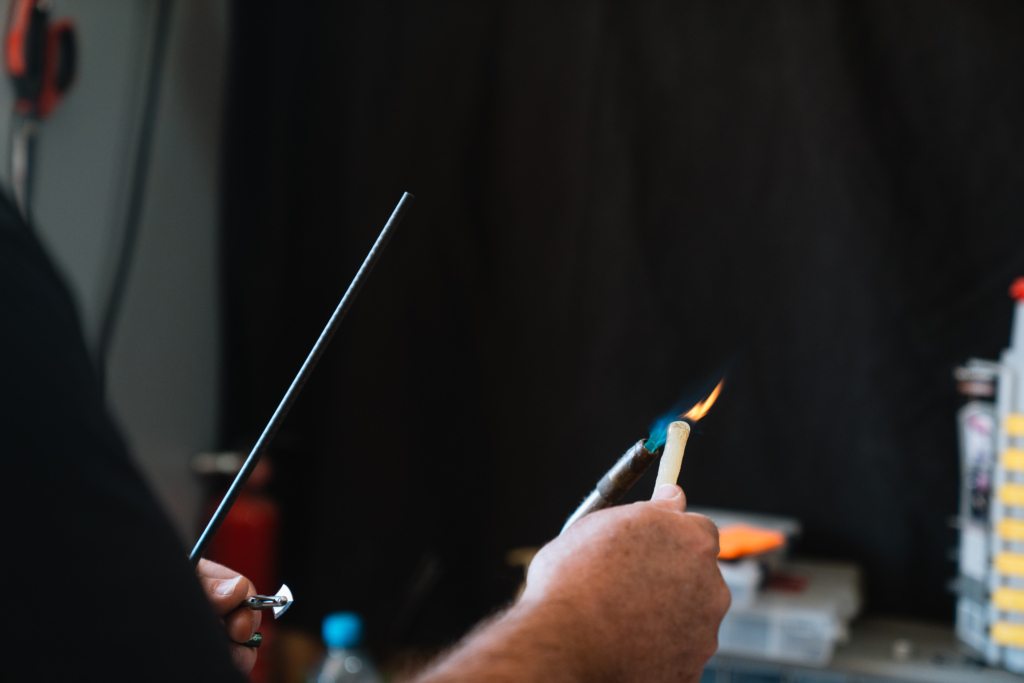
To install a new head, you’ll heat the glue, apply it to the insert portion of the head, and install it into the arrow shaft while twisting at the same time until fully seated. If you’re using a collar, be sure you don’t forget it. Dry time is just a few minutes.
More Expensive
Lastly, I’ve got to mention the price difference. A glue-in system is going to cost more money than a standard screw-in system. To give some perspective, a three-pack of glue-in broadheads from Evolution Outdoors will run you about $89, while the screw-in version will cost around $60. Add in a collar for the glue-in, and you’re looking at another $36 for a six-pack. The pros of the glue-in are undeniable, but they will cost you more money.
Closing Thoughts
No matter what type of arrow system you’re running, confidence is the most important part of the equation. Use the gear you have confidence in that works best for you. With that mentioned, don’t be afraid to have an open mind. My experience with a glue-in system is a prime example of that. I said I’d never use one, but now, because I was willing to give it a fair shake, it’s my new go-to. I encourage you to take one for a spin. You might just find the next best thing for you. Plus, you’ll have more to add to those conversations at the pro shop.
